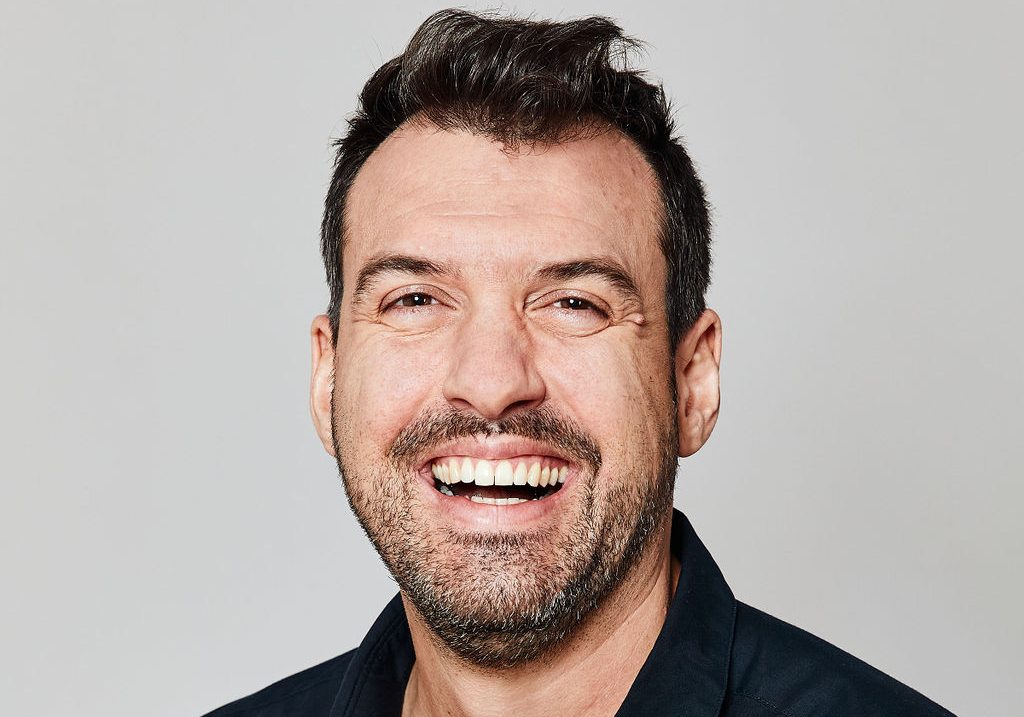An atypical entrepreneur, Cédric Martineau has evolved in the world of industrial design and creative agencies while being a professional cabinetmaker and sculptor. His career path has allowed him to develop an expertise in organizing and managing creativity in companies in a context of innovation. Today, as a consultant and facilitator at Carverinno Conseil and as a program leader in innovation management at La Factry, he shares his passion for methodologies that allow organizations to innovate in a more systematic and less risky way.
For you, what is a creative person, team or organization?
Being creative means accepting to be wrong, even to fail, in order to learn and move forward towards your goals. It means taking the courageous decision to invest in innovation by working with the best approaches that reduce the risk of making mistakes.
For a group of people, it also means aligning with a mission, with the vision of the organization that brings them together, and valuing the differences of each person by seeing them as strengths, not as a source of problems. We need to create different “creative safe spaces” where people will feel free to explore and where they will give the best of themselves to solve the big issues, or make the big ambitions of the organization a reality.
How did you come to think about creativity?
Life led me to reconcile the dichotomy between the arts and applied sciences. I worked as an entrepreneur (as a designer and cabinetmaker) and as a sculptor for 15 years in parallel, without realizing that my two passions could be combined under the theme of innovation management and applied design thinking.
I became convinced that creating innovative objects in line with users’ needs brings happiness. And I came to realize that this concept could be applied to all kinds of creations and business strategies.
In what ways does your art practice help you teach creativity to people who are not artists and do not aspire to be artists?
My 15 years of experience as a woodcarving teacher have taught me that creativity is not an innate talent, but a skill that develops when you dare to practice it. I am now able to be creative “on demand” because I simply apply what I teach.
An organization that also wants to “sculpt” something-that is, to innovate, to do things differently-must realize that the much sought-after creativity can very well come from its team, and not necessarily from an external agency offering “creative” services.
My job is to foster organized and productive creativity, and to prove that the creative methods I use can be learned quickly. Once you’ve experienced it, you maintain a creative posture and have confidence that it’s possible to innovate predictively, project after project. In other words, I teach creativity as a form of applied science, possible on every project, and not as a gift from heaven that you can only hope to have in your team or in yourself.
Your specialties are what we call design thinking and design sprint. Can you describe in a few words what it is?
Design thinking is user-centered thinking, not the creative skills of the people involved in the project. According to this principle, as soon as we are faced with a complex problem, the key is to first and foremost understand the needs of the user concerned and to test our ideas with him or her before investing in the development of the solution we think is the right one.
As for the design sprint, it is a clear recipe for applying design thinking to a complex problem. Planning a design sprint around a question allows you to establish a concrete agenda with deadlines, to build a team and a precise path with workshops that will be used to define a solution that will then be tested with targeted users. Even before knowing what this innovative solution will be, when you commit to a design sprint, you know that you will have something to test: you are sure to have a concrete result at the end of the sprint.
What is your role during the sprints?
First, I make a diagnosis to evaluate the degree of complexity of the challenge we are presented with, because some problems can be solved in other ways than a design sprint. Then, I apply a recipe (a series of workshops, each with a series of exercises) that we’ve been refining for more than three years, and I facilitate the collaborative workshops to help the teams innovate quickly and simply.
I also take care of the prototyping and testing, which I synthesize at the end to guide the next step of the project: at this stage, we can validate or invalidate the hypotheses that the team had. Contrary to what one might think, the sprint does not allow for the development of the functional solution, but rather to validate that the imagined solution meets the user’s desires. I help teams create a prototype which, thanks to the tests, allows for profitable learning.
How does the design sprint foster innovation?
The short answer is that a design sprint accelerates and minimizes the risk associated with innovation projects.
Changing the way we do things, or inventing something new, can be scary because it takes time and energy, and there is no guarantee that it will solve our problem. The design sprint helps to innovate because it is a method that brings out the collective intelligence of a team and allows to quickly come up with an idea for a solution that can then be tested before investing time and money in something that does not meet expectations.
As a creativity coach, what part of the training or coaching process turns you on the most, and why?
I love watching the energy of groups who have finally come out of the haze of their project and are passionately discussing what to do next. I love watching the amazement of those who were initially doubtful, and are often amazed at the results and the amount of work accomplished in such a short time.
Often, words fail project leaders when they get the results of a series of workshops and realize that the project is well underway and that they have also developed a special relationship with their colleagues for the future.
Also, I would say that the world needs more than ever to learn how to be creative as a team to deal with environmental issues. I am convinced that the design thinking and design sprint approaches could ultimately help us save the planet, one complex project at a time. That’s what speaks to me the most.
Personally, do you have a surefire trick or ritual to get you back into a creative frame of mind even in the midst of the daily grind?
I have quotes that get me going, or that get me to stop working on a project!
For example, my favorite innovation quote comes from Reid Hoffman, one of the founders of LinkedIn, who said, “If you’re not embarrassed by the first version of your product, you delivered it too late!” For me, it takes the pressure off of producing the right idea and just allows me to get started.
My other trick is to remember how many ideas I thought were good at first that ended up being bad. Everything we conceive, invent, imagine is only a hypothesis to be validated as long as the user concerned hasn’t tested it.

